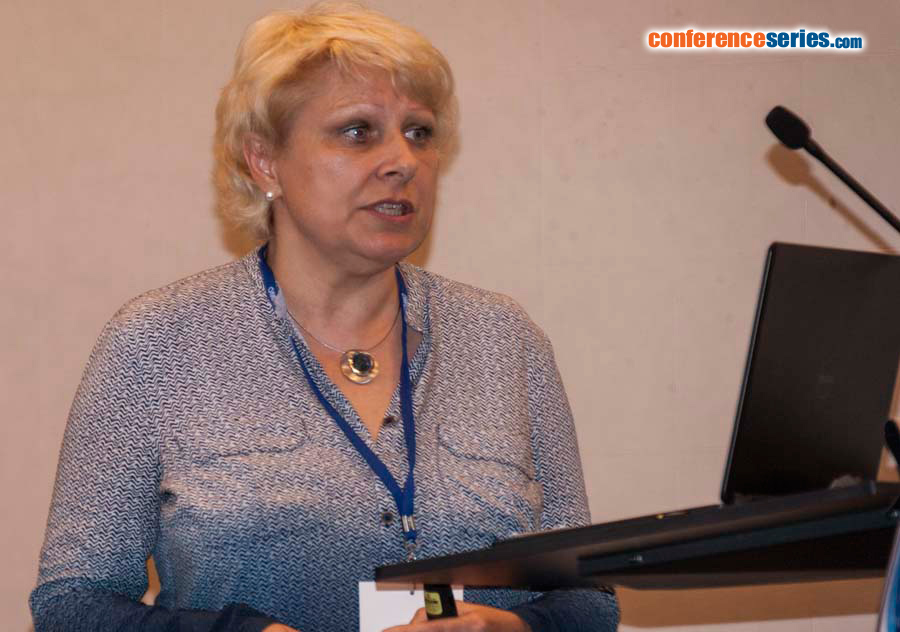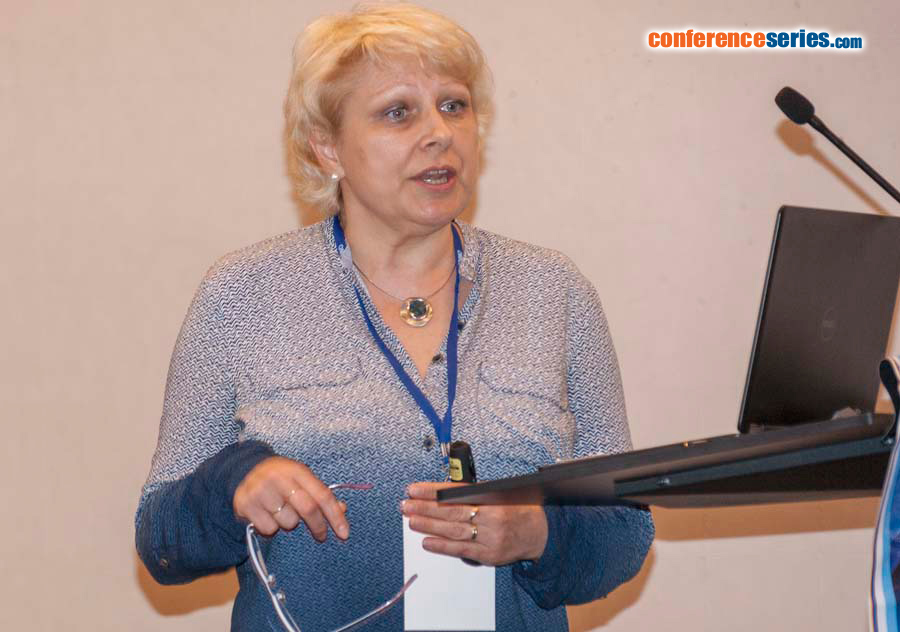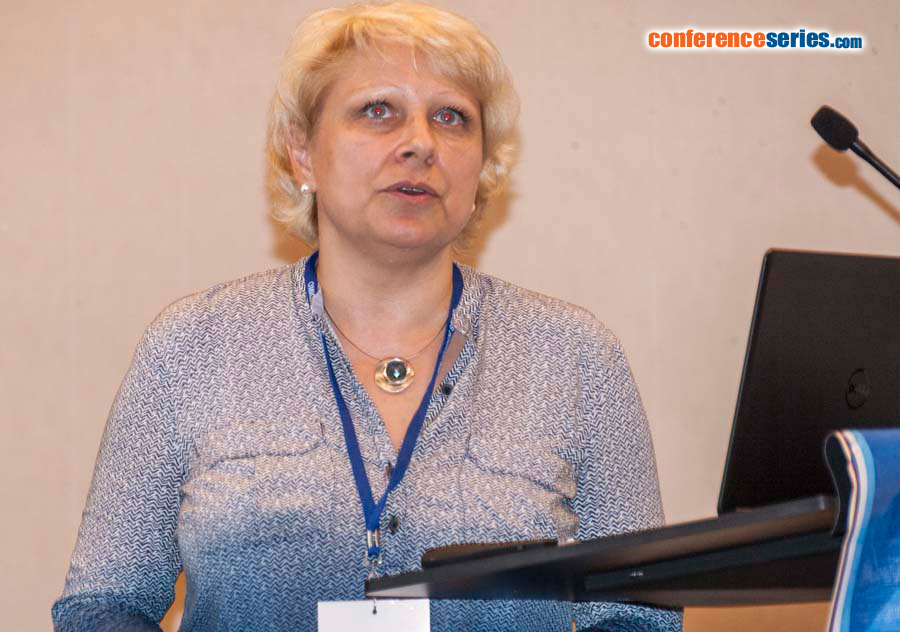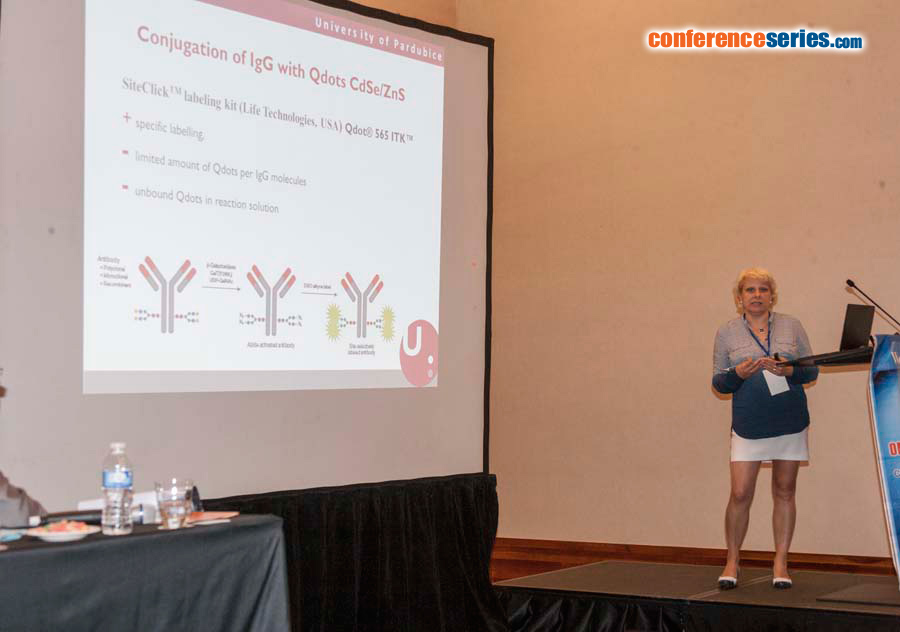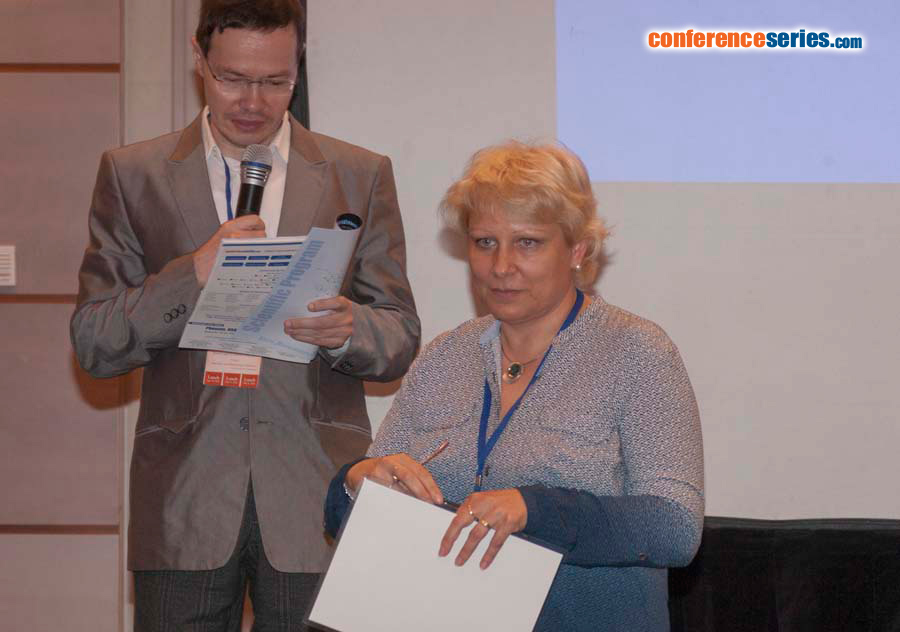
Zuzana Bilkova
University of Pardubice, Czech Republic
Title: Alkaline phosphatase or Q dots labeled antibody-based electrochemical biosensors for ultrasensitive tumor markers detection
Biography
Biography: Zuzana Bilkova
Abstract
Even though there are a lot of options in treating gynaecological malignancies, ovarian cancer still remains a leading cause of death. The lack of precise early warning signs is one of the factors that further contribute to the fact that only 25% of ovarian tumors are identified at stage I. Thus diagnosis at an early stage is the most important determinant of survival. Currently, serum CA125 is the most commonly used tumor marker for ovarian cancer, however the sensitivity of CA125 is limited. Next promising tumor marker for ovarian cancer is HE4, low molecular-weight glycoprotein, expressed primarily in epithelia of normal female genital tissues and overexpressed in epithelial ovarian cancer. Diagnostic tools applied today at clinics have had very limited success in early detection of these markers. Nowadays, there is the push to combine the highly specific immunochemical methods with highly sensitive electrochemical Biosensors. Selectivity and proper specificity provided by polyclonal or monoclonal antibodies in combination with electrochemical detection bring excellent analytical features. Recent attention has focused on advanced IgG labelling enabling the combination with electrochemical biosensing. The enzyme alkaline phosphatase or semiconductor nanocrystals Qdots are some of examples how to obtain desired sensitivity using square wave voltammetry resp. stripping voltammetry techniques. These advanced methodologies enable to detect and quantify the tumor markers in femtoMole required sensitivity.


